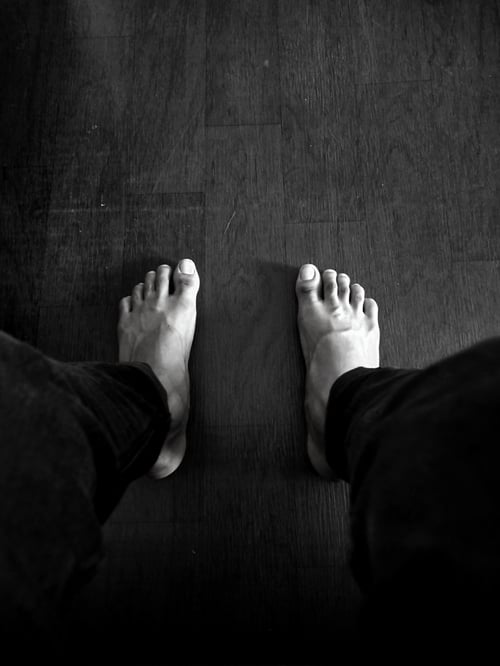Stepping Up Against Athlete's Foot: Essential Insights You Need to Know

Pain, itching that you cannot relieve, and a burn between the toes are all symptoms of athlete's foot, a fungal skin infection that typically starts in the toes and moves its way up. Many people develop a scaly rash that's inflamed and irritated on a consistent basis.
This contagious condition typically is picked up from contaminated floors or towels, such as in the shower at a gym.
The National Institutes of Health say the condition is very common, impacting about 3 to 15% of the population at any given time, though men and people who are older are more at risk for developing it than others. If you believe you have it or you are at risk of developing it, it's always wise to seek out care from your team at Sweeney Foot & Ankle Specialists.
Signs and Symptoms of Athlete's Foot
Diagnosing this condition can require a culture, but most of the time, doctors can tell what the condition is through a visual examination. Look for common symptoms of athlete's foot, including:
- Peeling, scaly skin, especially in the area between the toes
- Burning or stinging sensation on the foot
- Itching, especially after removing shoes and socks, such as after a long day
- Discoloration of the skin, often turning a red, purple, or even greyish color
- Development of dry and scaly skin on the bottom of the foot
What Causes Athlete's Foot?
Athlete's foot is caused by a type of fungus called dermatophytes. This fungus, which is commonly found in damp areas, is the same type of fungus responsible for conditions like jock itch and ringworm. This fungus thrives in areas that are moist and dark, like the soles of shoes, shower floors, dirty towels, and sweaty socks. It can grow on various surfaces, not just in gyms.
Some people are at a higher risk for developing athlete's foot, including those who wear shoes that are tight and closed, such as tennis shoes, those who sweat significantly, and those who walk around barefoot in public areas. Those who engage in activities with shared surfaces, like rugs or mats, may also be at risk for picking up the fungus that causes this condition.
Preventing Athlete's Foot
Whether you have Athlete's Foot and are treating it or you just do not want to get it, you can prevent this condition in several ways:
- Don't walk around barefoot in any public space
- Wash your feet every day
- Use more than one pair of shoes that you rotate each day to allow them to dry out
Athlete's Foot Can Lead to Complications if Left Untreated
If you do not treat this condition properly, the infection can spread to other areas of the body. This often occurs when you dry your feet with towels and then use those towels on other areas of the body. Complications can lead to bacterial infections in some situations.
Treatment Options Exist and Can Be Effective
You don't have to suffer from athlete's foot as it can be treated. This is often done with the use of prescription-strength creams or ointments, including products like ciclopirox and clotrimazole, though your doctor will determine which product is best suited for your needs. Many people take both oral medication and a topical cream for effective treatment. Over-the-counter products may work limitedly in some situations.
Don't Put Off Getting the Care You Need
If you're suffering from athlete's foot, don't wait to get care. Set up an appointment with Sweeney Foot & Ankle Specialists in Magnolia and The Woodlands, Texas. Our team can offer strategies to help you prevent, treat, and keep this fungus from making your day uncomfortable and leading to other health complications over time.






